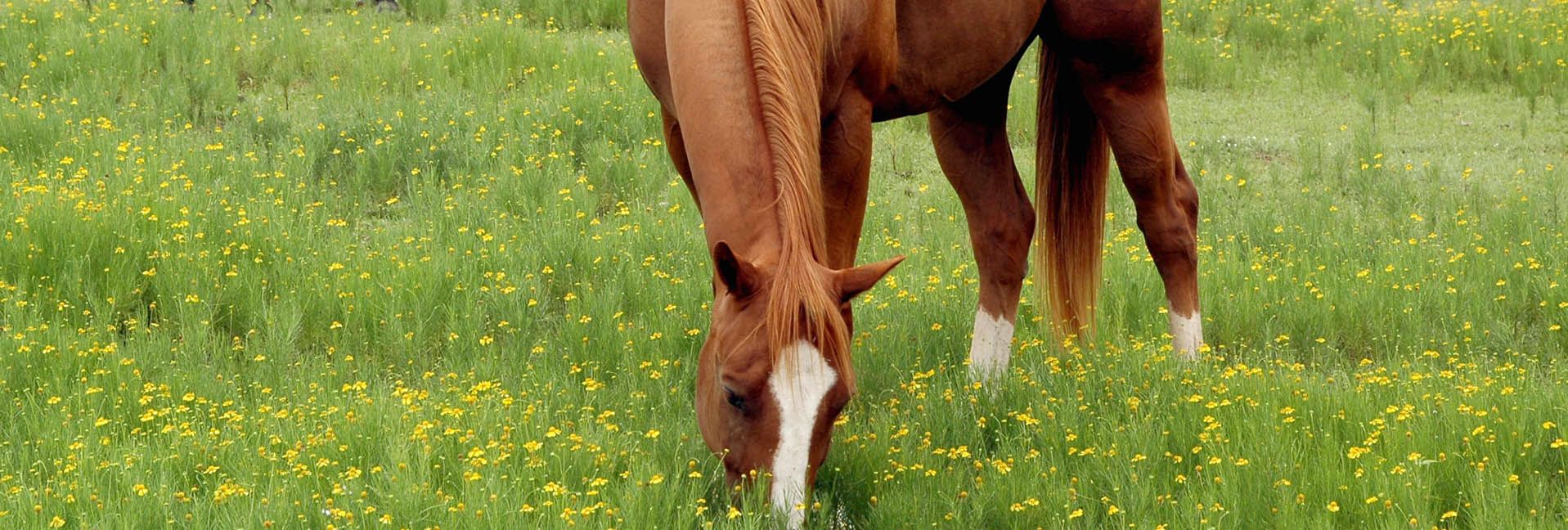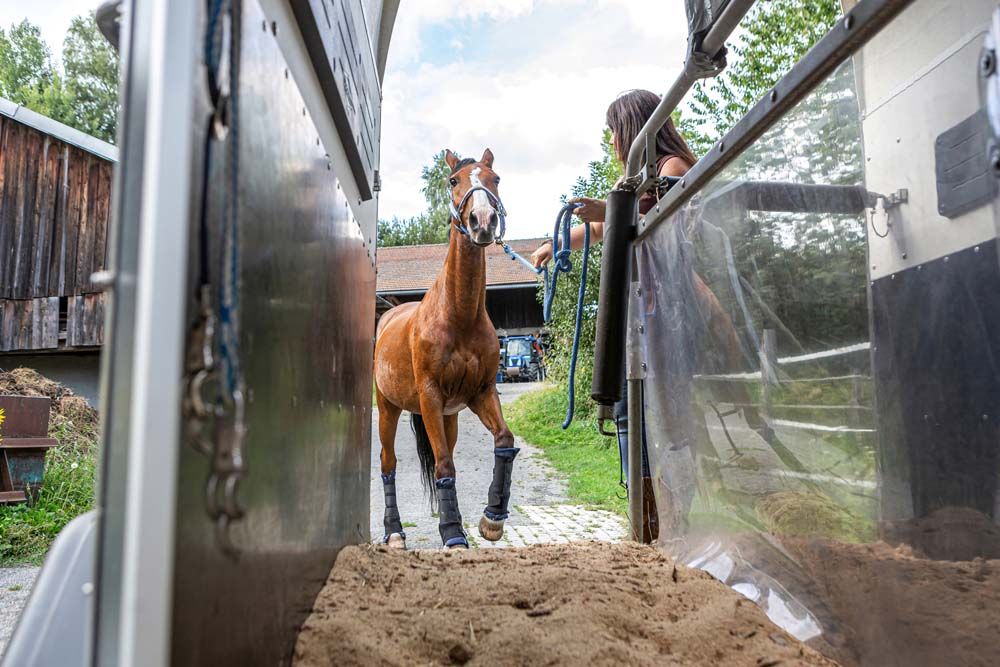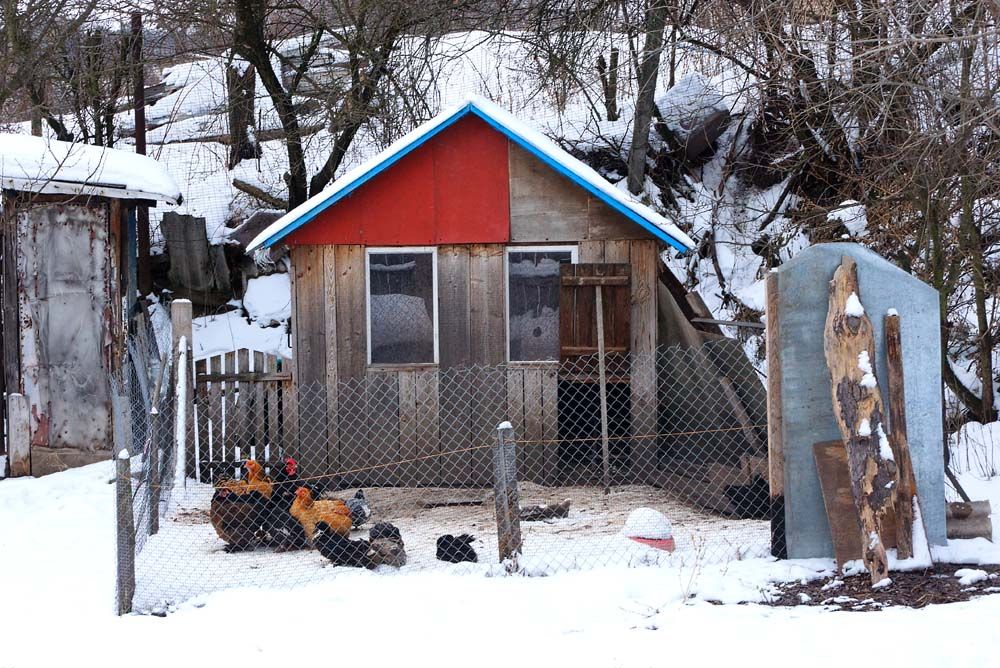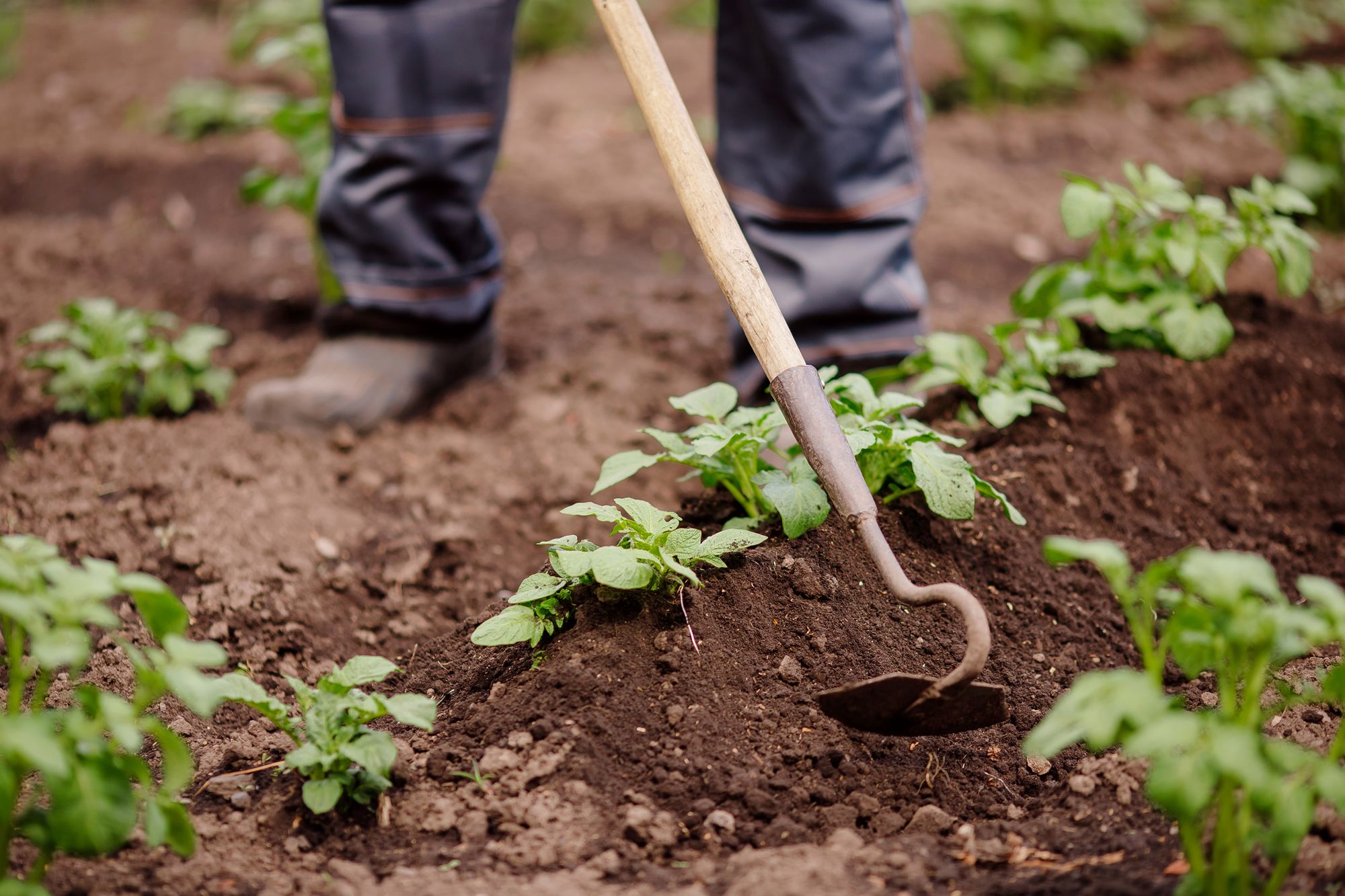How Does Your Pasture Score? It’s more than just grass out there


A well-managed pasture is both productive and sustainable. Important decisions such as livestock feed inventory, forage stand replanting, fertility needs, weed control, and so forth all hinge on what we see in the pasture. That’s why an objective evaluation of a pasture land can be a valuable tool. Pasture condition scoring is a systematic way to check how well a pasture is managed and performing.
If the pasture is located on the proper site and well managed, it will have a good-to-excellent overall pasture condition score. By rating key indicators and causative factors common to all pastures, pasture condition can be evaluated and the primary reasons for a low condition score identified.
Conditions that can lead to one or more pasture resource concerns could include poor plant growth, weedy species invasion, poor animal performance, visible soil loss, increased runoff, and impaired water quality.
When to evaluate
To be most useful, pasture condition scoring should occur several times a year during critical management periods throughout the grazing season. Scoring should be performed:
• At the start before placing livestock on pasture
• At peak forage supply periods
• At low forage supply periods
• As plant stress appears
• Near the end to help decide when to remove livestock
In addition, pastures used for year-round grazing benefit from pasture condition scoring:
• Going into the winter season
• Late in winter
• During thaws or wet periods
Pasture condition scoring can be useful in deciding when to move livestock or planning other management actions. It sorts out which improvements are most likely to improve pasture condition or livestock performance.
What to look for when scoring
There are several factors that get included in the evaluation of pastures. The more obvious would include:
Percent of desirable plants determines if the pasture has the kind of plants your livestock will graze readily and do well on.
Plant cover determines the percentage of soil surface covered by plants. A dense stand that is well managed and properly grazed will capture lots of sunlight, ensuring for a thick stand to allow for best forage growth and for high animal intake. On the other hand, bare, open spots allow for weeds to compete and lesser forages to develop. This could lead to soil erosion in some circumstances.
Plant residue can be a positive or a negative. Positively, it will add to ground coverage to prevent soil erosion, and add organic matter back to the soil. On the negative side, too much residue can lead to thatch issues, reduced feed value of the forage and animal intake, and can inhibit new plant growth. A rule of thumb is to not have more than 25% of the standing forage dead or dying.
Plant diversity is what we all love but do not always achieve. A pasture with high diversity tends to be an older, permanent pasture that is moderately grazed. A more diverse plant population is generally more productive through all growing seasons. Low species diversity causes season-long pastures to be less reliable supplies of forages. An example would be cool season grasses that go dormant or become less productive during these hot, dry months of summer.
Plant vigor refers to desirable species that are healthy and growing at their potential for the season when rated. If not, they will be replaced by weeds and low-quality forage plants. If plant growth conditions really suffer, bare soil will begin to appear. Some things to consider when rating plant vigor are color, size of plants, rate of regrowth following harvest, and productivity.
Soil fertility is very important to supporting plant vigor. Soil testing is important to determine nutrient status and nutrient needs. During the growing season, plant tissue analysis can also determine nutrient availability to growing plants.
Soil pH has a big impact on nutrient availability. Correcting soil pH is usually the first step to correcting soil fertility.
Additionally, you should note:
Insect and disease pressure evident on leaves, stem and roots.
Climatic stress from weather extremes such as drought, heat and excess water.
Livestock concentration areas, meaning how much area of your pasture is taken by areas where your animals congregate for water, minerals or salt, shelter, shade, or feeding.
Uniformity refers to how evenly animals graze throughout the pasture. Spotty grazing can be an indication of lesser forages influenced by nutritional value, palatability, and how long the animals may stay in the pasture.
Other items to evaluate for would be compaction, erosion throughout the pastures (sheet, rill, or gully) and erosion near and around stream banks, if present.
Percent of legumes are important as a source of nitrogen for pastures and can improve forage quality. Legumes should make up at least 20% of the forages on a dry forage basis. Nitrogen supplementation is necessary if legumes can not supply enough for optimum forage production.
Grazing management is critical to productive pastures. Overstocking and understocking of pastures can have impact to pastures. Overstocking can lead to overgrazing of plants which can cause loss of plant vigor and plant production. Understocking can promote selective grazing, thus causing excessive residue built up in areas of the pasture.
Tips for success
It is easy to become overwhelmed when managing a grazing system. Don’t try to make all of the changes at one time, but prioritize forage and livestock management changes by setting short and long term goals. Visit with accomplished pasture managers.
Visualize what you expect to see before you start your assessment. It is important to remember pasture condition varies throughout the year in response to management and climate. Scoring pastures yearly and during the same periods each year can help to identify trends and help you make the necessary management decisions.
The USDA/NRCS has developed an online resource, “Guide to Pasture Condition Scoring.” Go to www.nrcs.usda.gov and search “Pasture Score.”
Tags:Weekend Farmer

Acreage Life is part of the Catalyst Communications Network publication family.












